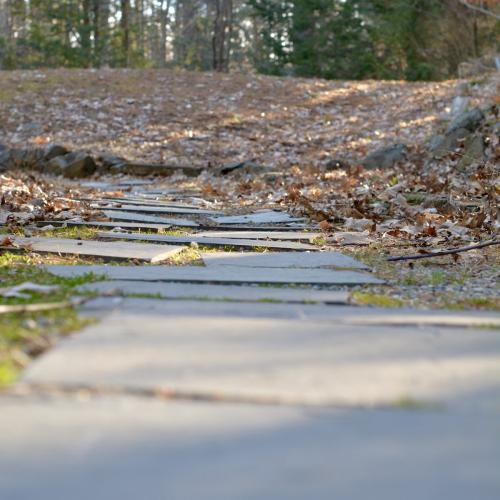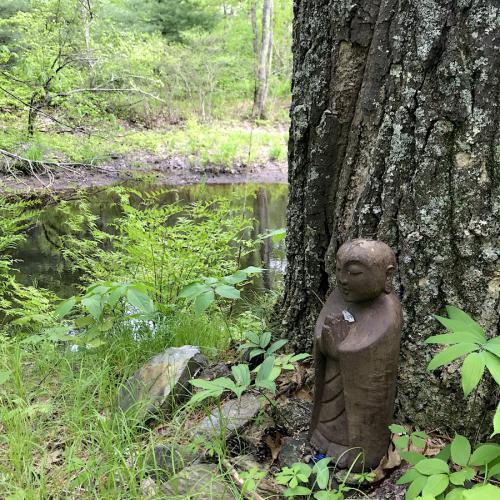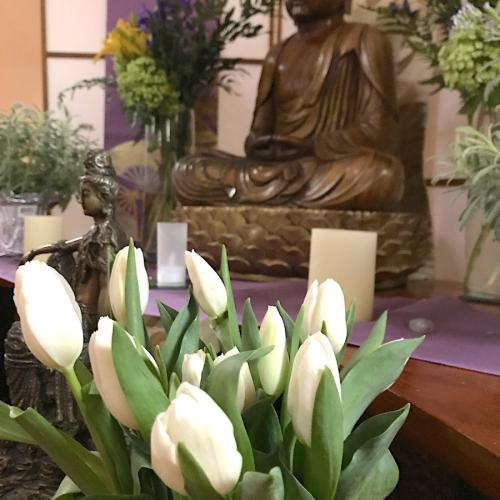Registration Info
How to Register
To sign up for an event at Aryaloka, choose the event listing that you’re interested in from the calendar or home page and follow the prompts to register. If you’d prefer not to register online, you may email info@aryaloka.org or call 603-659-5456 to make other arrangements.
Aryaloka Cancellation Policy
If a cancellation is made 11 days or more in advance (counting the start date of the event), the deposit will be refunded minus an administrative fee of $25, or the whole fee can be transferred to a future event. If the cancellation is made within 10 days or less of the event, the whole fee can be transferred to a future event, or half the fee will be refunded. If there is a no-show for an event without cancellation prior to the start time of the event, no refund will be made. Exceptions to this policy may be made at the discretion of the Center Manager who can be contacted at info@aryaloka.org.






